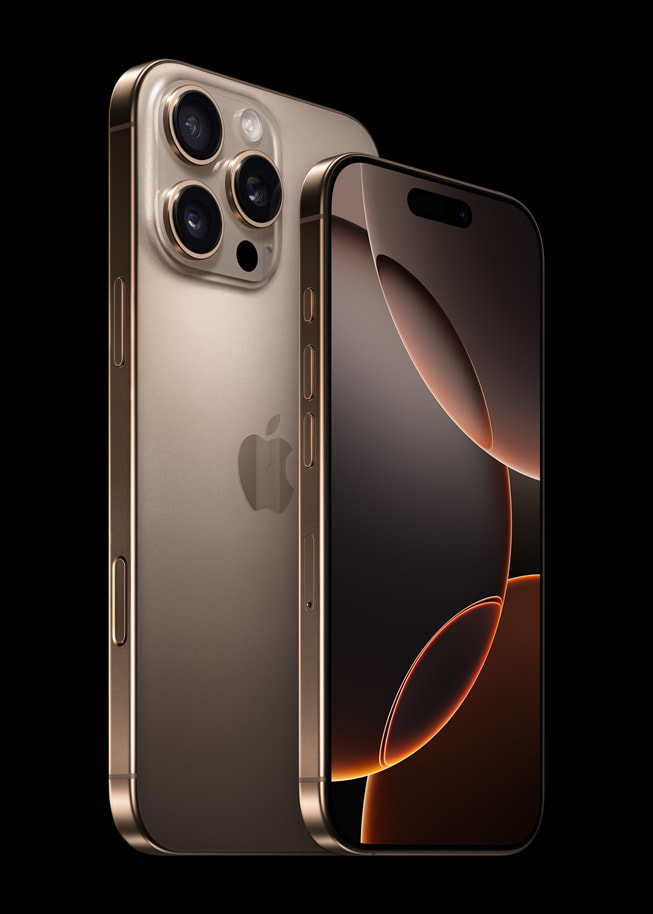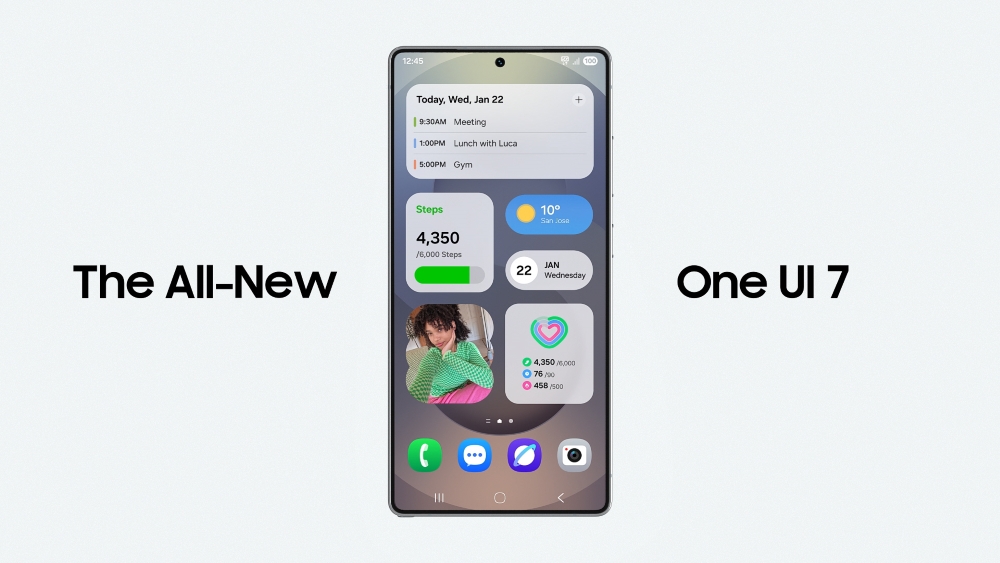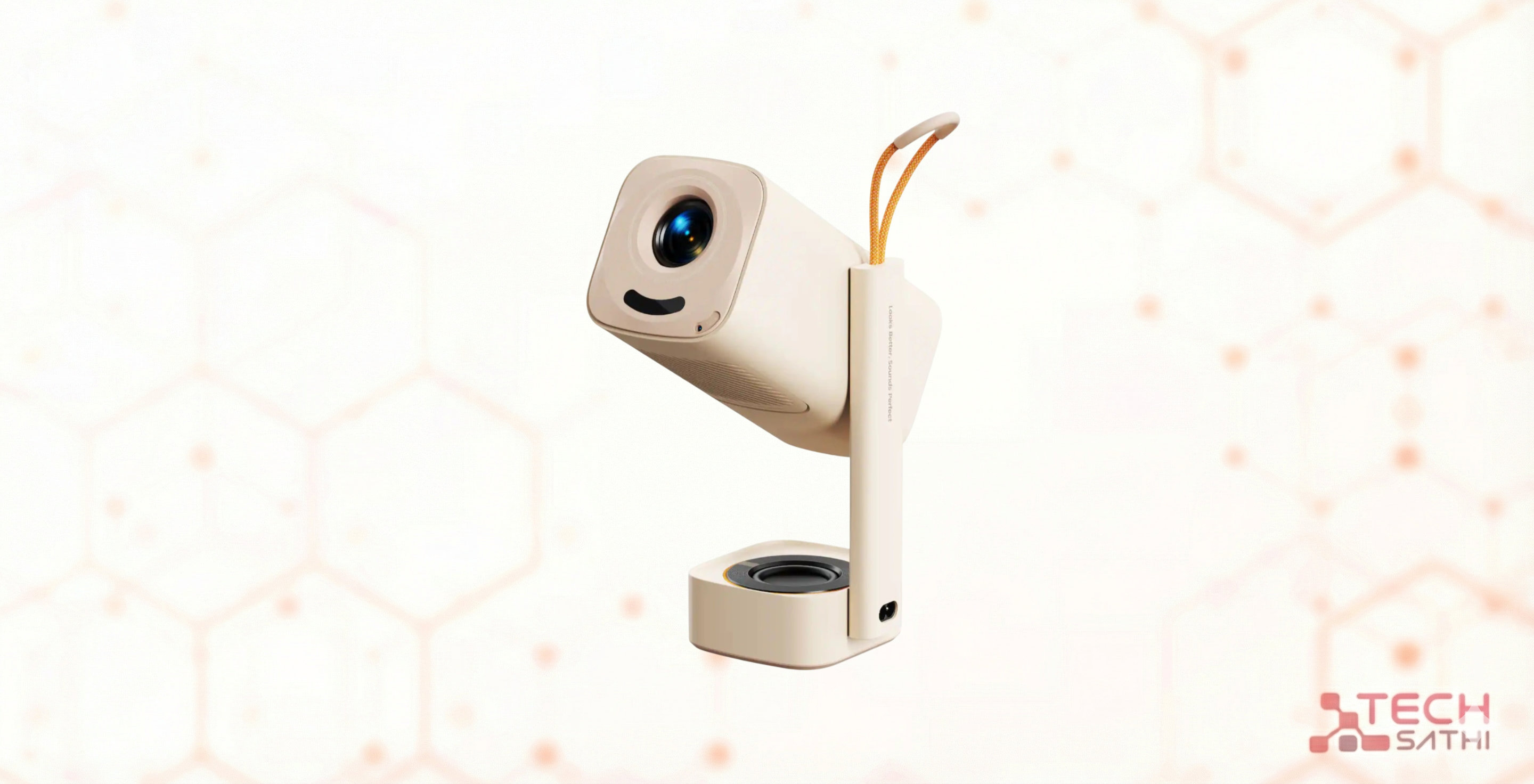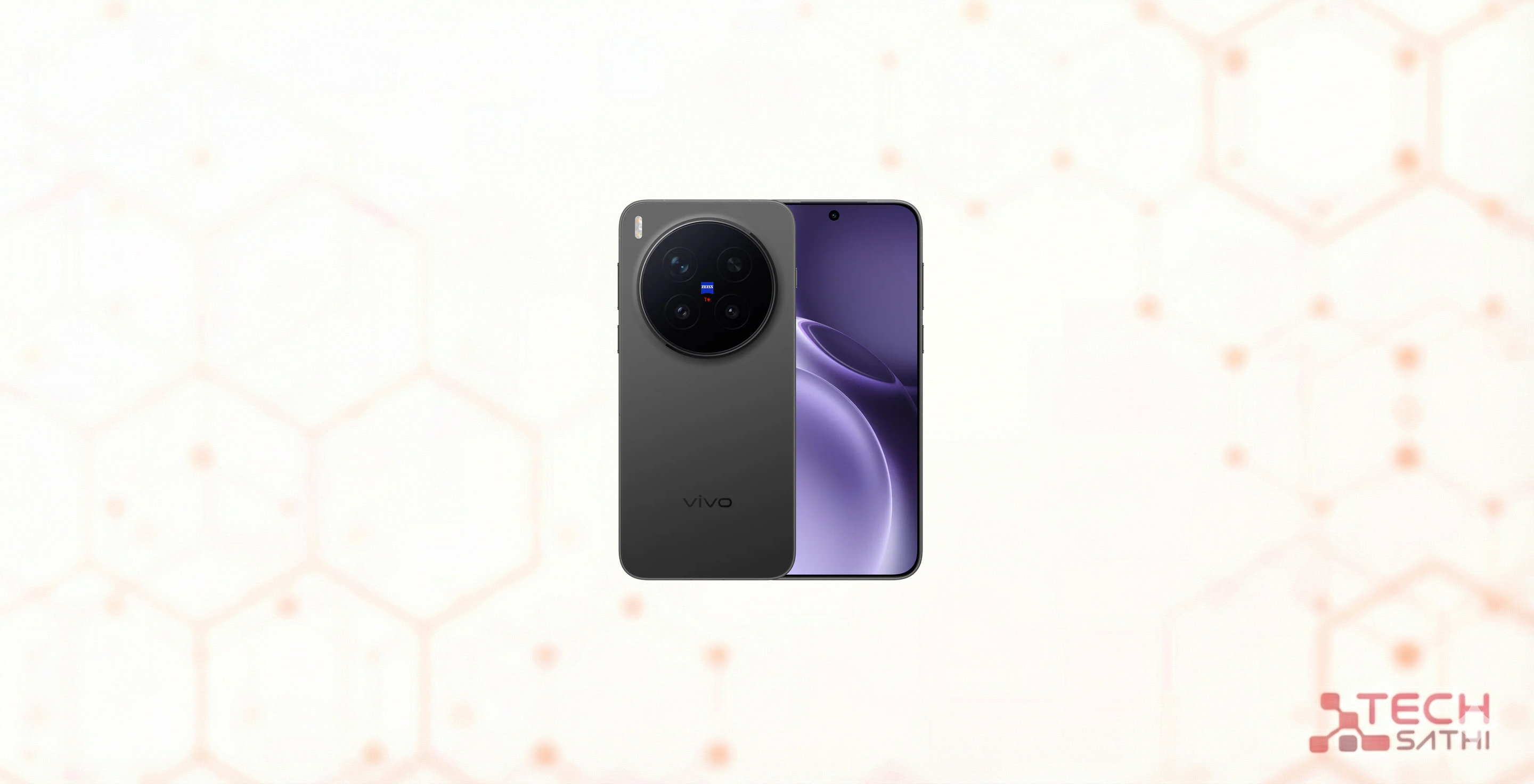The global smartphone market has become fragmented in 2025, making it harder to access the exact device you want. Flagship features often debut first in China, where innovation moves at a rapid pace. Foldable smartphones tend to launch earlier in South Korea, home to some of the world’s leading tech manufacturers. Meanwhile, some of the most affordable and feature-rich devices are designed specifically for Southeast Asian markets and never make their way to Europe, North America, or other regions. Here’s how to choose the perfect smartphone in 2025.
This uneven global rollout has led many consumers to consider importing smartphones directly from overseas. While the idea of getting a cutting-edge device ahead of its official release or at a better price may seem appealing, it comes with a range of risks and complications. Before placing an order on platforms like AliExpress or through grey market sellers, it is essential to understand the potential downsides. Without proper research, what seems like a smart purchase can quickly turn into a costly mistake, leaving you with a device that underperforms or becomes unusable.
Check 5G and LTE Band Compatibility

The most critical factors to consider before importing a smartphone is network compatibility, particularly when it comes to 5G and LTE bands. Mobile networks around the world operate on different frequency bands, and manufacturers often produce region-specific models. For example, a smartphone designed for the Chinese market may lack key LTE or 5G bands required in other countries. This can result in slower data speeds, poor signal reception or, a complete inability to connect to the cellular network.
Even if the phone powers on and appears to work, it might only function reliably on Wi-Fi, rendering its cellular capabilities nearly useless. To avoid this issue, users should carefully check the list of supported bands on the device’s official specifications and compare them with the frequency bands used by their local carrier. This information is typically available on the manufacturer’s website or through trusted third-party databases like GSMArena. Taking this step can save you from turning a high-end imported phone into little more than an expensive media player.
You might also like : The 5 Best Phones for Gaming in 2025
Understand Software Localization and Updates

Another major concern with imported smartphones is software compatibility and update support. Phones sold in China, for instance, usually run a heavily customized version of Android that does not include Google Play Services. Instead, they rely on local app ecosystems such as Huawei’s AppGallery or Xiaomi’s Mi Store. While tech-savvy users can sideload Google apps, the process is not always smooth. Apps may run slowly, crash frequently, or fail to receive push notifications due to the lack of proper Google framework integration.
Some users attempt to install a global firmware version to restore full functionality, but this approach carries its own risks. Many manufacturers lock the bootloader on region-specific models, preventing users from flashing custom or global ROMs. Even when unlocking is possible, doing so often voids the warranty and potentially brick the device if something goes wrong. Additionally, software updates are handled differently across regions. Chinese firmware is typically updated through brand-specific apps or desktop tools rather than standard over-the-air (OTA) updates. This means imported devices may miss out on timely Android version upgrades and critical security patches. This can impact long-term performance, app compatibility, and overall device security.
Warranty and After-Sales Support Are Limited
When you import a smartphone, you also give up access to reliable warranty and after-sales support. Most manufacturers do not offer global warranty coverage. Meaning a phone purchased in China or Southeast Asia will not be eligible for service in India, the United States, or Europe. If your device develops a hardware issue—such as a failing battery, cracked screen, or malfunctioning camera—you cannot simply walk into an authorized service center for repair. Most official repair centers will refuse to service out-of-region models, even if the brand is available locally.
In cases where third-party repair shops agree to fix the phone, they may struggle to source compatible replacement parts, especially for newer or region-exclusive models. As a result, fixing the device could involve long wait times, higher costs, or even the need to ship it back to the original seller—assuming they offer any return policy at all. Without a safety net of official support, any hardware problem becomes a personal responsibility, both technically and financially. This lack of support can turn a minor issue into a major inconvenience, making imported phones a risky choice for users who value reliability and long-term usability.
Factor in Import Duties and Hidden Costs
The upfront price of an imported smartphone is rarely the final cost. Buyers must also account for customs duties, import taxes, handling fees, and value-added taxes like GST or VAT, all of which can significantly increase the total expense. In countries like India, import duties on mobile phones range from 20% to 30%, depending on the declared value of the device. Additional charges from courier companies for customs clearance and processing can add even more to the bill.
These fees are typically collected before delivery, meaning the buyer must pay them upon arrival of the package. Many consumers underestimate these extra costs, assuming the lower online price gives them a better deal. However, once all charges are included, the total landed cost of an imported phone can easily exceed the retail price of the same model. Officially sold devices often come with better customer service, longer warranty coverage, and guaranteed network compatibility. By factoring in all expenses and comparing them with local options, buyers can make a more informed decision .
Final Thoughts: Weigh the Risks and Rewards
Importing a smartphone can be a rewarding experience for the informed and technically capable user. It offers early access to innovative devices, unique features, or better value that is not available through official channels. However, it is not a decision to take lightly. The process involves much more than just placing an online order. You are taking full responsibility for network compatibility, software functionality, repair options, and unexpected costs.
For casual users or those who rely on their phone for daily uses , the risks may outweigh the benefits. On the other hand, enthusiasts who enjoy tinkering with firmware, researching specs, and may find importing a worthwhile pursuit. The key is to go in with your eyes open. Do thorough research, understand the limitations, and assess whether the advantages truly justify the potential downsides. That way, the excitement of owning a cutting-edge device will not quickly turn into buyer’s remorse when hidden issues begin to surface.



